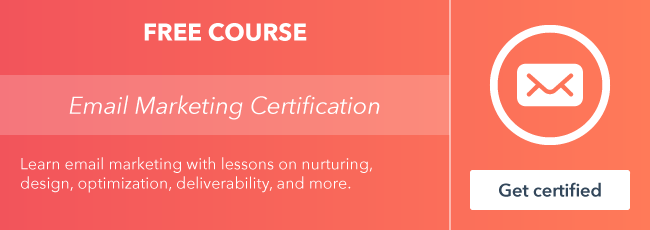Email campaigns are an essential part of your inbound strategy. They give you the chance to drive traffic to your website, get contacts to take a specific action, or raise awareness about your brand.
.jpg)
As businesses continue to embrace going digital, building a strong email marketing strategy can help your business stand out and deliver value that will convert more leads into customers.
In this post, we'll cover the steps for creating an email campaign using HubSpot tools, so you can deliver a helpful and human experience that drives impactful results for your business.
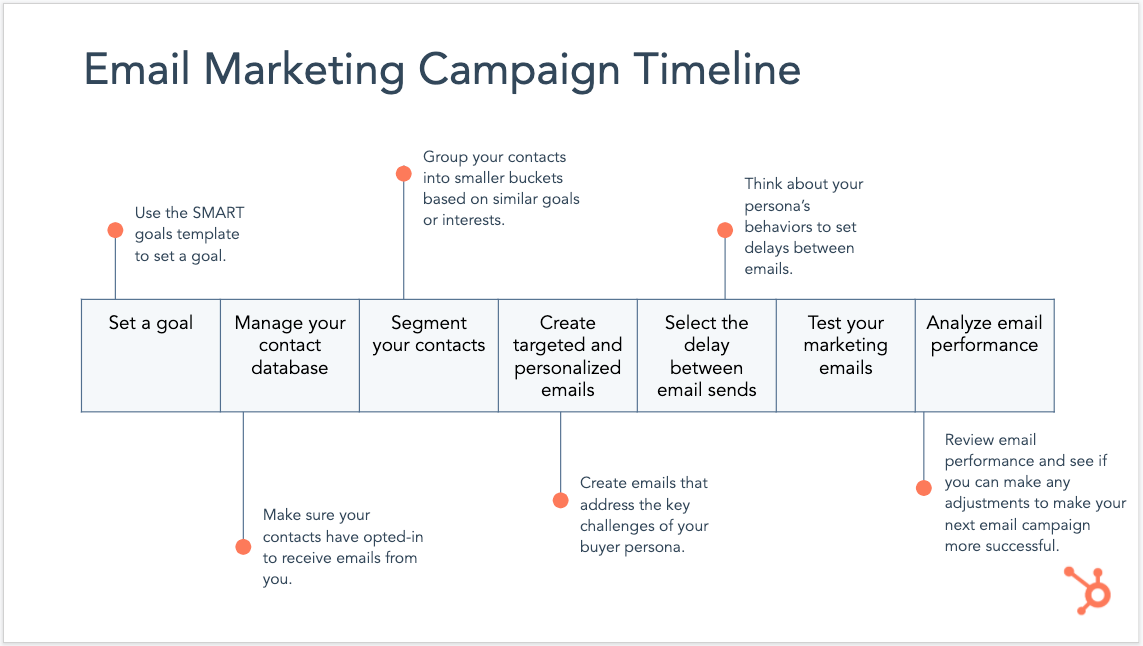
Overview
What is an email marketing campaign?
Email marketing is the process of targeting your audience and customers through email. An email marketing campaign is a series of emails that are sent to contacts over a specific time period with a single goal in mind.
Let's dive into how you can create your own email marketing campaign.
Set a Goal
Setting goals helps you measure whether your email campaigns are successful. Think about why you're running this email campaign. Do you want to provide resources? Are you looking to build trust? Do you want the recipient to take a certain action? Whatever it may be, it's important to identify a goal because it will determine the types of emails you send, the frequency at which you send them, and the segment of contacts you send these emails to.
Steps for setting a SMART goal:
-
Consider goals for your email marketing campaign.
-
Use this template to refine your SMART goal.
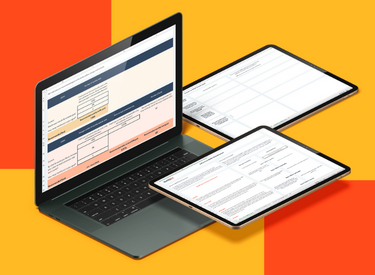
Free SMART Goal Template
A free template to help you create S.M.A.R.T. goals for marketing campaign success.
- Set your goals
- Calculate your metrics
- Evaluate your success
Download Free
All fields are required.

Manage Your Contact Database
Contact management is a strategy that focuses on using a software program, such as HubSpot, to easily store and source a contact’s information, including their name, engagement history, email information, and more.
You want to be sure that your contact database is organized and clean, so your team can easily track the relationship each contact has with your business.
Steps for contact management:
- Get all your contacts into HubSpot.
- Ensure your contacts have opted-in to receive emails from you.
- Regularly audit your database and remove stale contacts.
Get all your contacts into HubSpot
It's crucial to have a centralized database that stores all customer information so that employees across marketing, sales, and services can work out of a single system. Having a single source of truth saves your employees time, supports effective communication, and provides a holistic profile of a contact's connections with your business.
If you currently have contacts stored anywhere other than your CRM, whether that's on a spreadsheet, in another CRM, or a sign-up sheet from last week's trade show, don't delay and get that data into HubSpot.
Learn how to import data into the HubSpot CRM with HubSpot Academy.
To take things one step further, it's important that you know where your contacts are coming from. Make a list of all the ways contacts are entered into your CRM. This could be via a form submission, manual entry by a sales rep, or an import. This is especially important for ensuring that you have received opt-in from every contact that will be receiving marketing communications from your business, which we'll discuss next.
Ensure your contacts have opted-in to receive emails from you
Before you send emails to a contact, you want to be sure that the contact has expressed interest in receiving emails from you. Not only does this ensure the best experience for your subscribers, but it also helps you maintain high email deliverability.
Email deliverability is defined as the measurement and understanding of how successful a sender is at getting their marketing email into people’s inboxes.
Your contacts can't click or read your emails if they don't end up in an inbox. Understanding what contributes to a healthy email deliverability score will make sure your emails are delivered successfully.
The first step is to collect consent for your business. As Even Murphy, email deliverability tech lead, describes, "In the email world, consent can be defined as any time you collect verifiable permission from an email recipient
to send them email."
This means that your email recipients have to take an action, like selecting a checkbox or filling out a form, to opt-in to receiving communications from your business. Here are some resources to help you explore email deliverability and opt-in consent:
- Read more about opt-in consent for email in HubSpot here.
- If you've noticed that your emails are getting stuck in a spam filter, check out this knowledge base document on how to improve email deliverability.
- If you've never confirmed opt-in or lost track of whether your contacts opted-in or not, run a permission pass campaign to have contacts confirm their subscription status.
Regularly audit your database and remove stale contacts
Email engagement has a huge impact on email deliverability. Higher rates of positive engagements increase the chance of your emails reaching the inbox of your recipients. Therefore, you want to avoid email blasting old contacts who likely aren't engaged with your business anymore. Here are a some ways to clean your contact database:
- Create and suppress a list of contacts who've never opened one of your marketing emails.
- Delete contacts that hard bounced on past marketing email sends.
- If you create your own list of contacts to remove, check out this knowledge base article on how to delete a list of contacts.
Segment Your Contacts
Segmentation is one of the most important steps in an effective email marketing strategy. You want to make sure to send the right information to the right people at the right time. This means you’re gathering information that helps you get a better understanding of who that person is and where they are in the buyer’s journey.
When you group your contacts into smaller buckets based on similar interests or goals, you can more easily tailor your message to meet their needs.
Think of ways you can organize your contacts to help you reach the goal of your email campaign. You may use data points like the following:
- Age
- Location
- Interests
- Behaviors
- Product purchases
- Subscription levels
- App use
- Event attendance
If the existing properties in HubSpot don't cover all the data points you need to collect, you can create custom properties to meet your unique business needs.
Interested in finding out more about creating a segmentation strategy?
- Head over to HubSpot Academy and review the lesson Understanding Segmentation in HubSpot.
- Check out this blog post: The Ultimate Guide to Customer Segmentation.
Now that you know who you want to target, let's look at how you can create emails that will engage this set list of contacts.
Create Highly-Targeted and Personalized Emails
Personalization is more than just adding the first name of the recipient to your email. You want to create a conversation that engages your email recipients by sending them relevant content and providing value.
Steps for personalizing your emails:
- Start by making sure you're collecting data or your employees are entering data that allows you to personalize emails (e.g. a contact's location, products associated with a deal, or ticket status).
- Create emails that address a key challenge your recipients face.
- Follow email design best practices throughout. Be concise, make sure the email follows your brand guidelines, and include eye-catching visual content.
Create an email in HubSpot.
Select the Delay Between Email Sends
It's important to set a delay between email sends so the recipient has a chance to engage with the content before receiving the next email in the series. You might be thinking, "So what's the magic number of days to wait between email sends?"
The answer is that it depends. It depends on your goals, your persona's behaviors and habits, the content of the email, and more.
With HubSpot's workflows tool, you have a variety of actions that help you set delays between email sends:
- Delay for a set amount of time: Select a delay period in days, hours, and/or minutes.
- Delay a workflow until a day or time: Use this action to send an email on a specific day of the week and/or time of day.
- Center your workflow actions on a specific date or contact date property: Use this type of workflow to set actions to execute relative to a specific date. This is great for email campaigns leading up to a scheduled event or after an event.
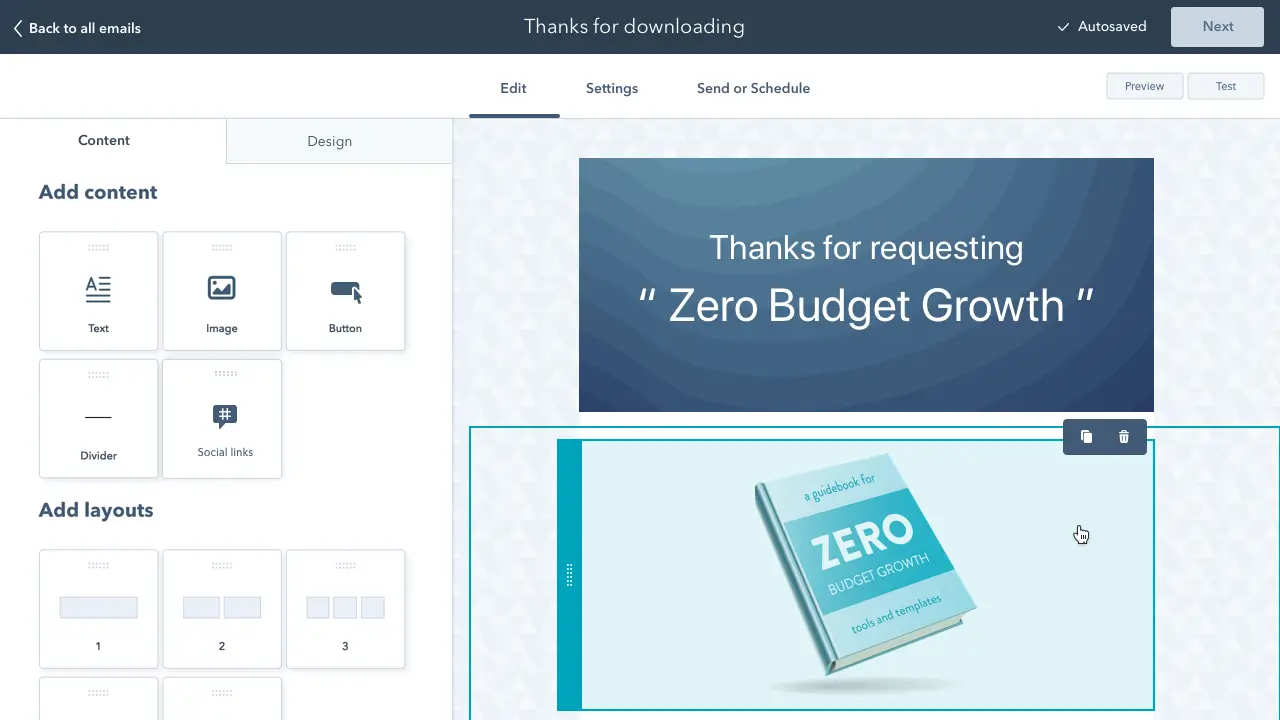
Free Email Marketing Tools
Create, personalize, and optimize your marketing emails without waiting on designers or IT.
- Boost email opens.
- Design stunning emails.
- Automate follow ups.
- And more!
Test Your Marketing Emails
When we say test your marketing emails, we mean two things:
- Send a test version of your marketing email to yourself or a team member before you send out the email to your contacts.
- A/B test your marketing emails.
Send a test version of the marketing email to yourself
As an email recipient, it's frustrating when you receive an email with broken links, images that are simply too large, or typos. You want to avoid these errors so that your business delivers a positive, professional experience to your contacts. Sending a test email will allow you to double check that your email hits all the right notes.
A/B test your marketing emails
Testing your marketing emails is going to empower you to make data-driven changes to improve the next send. With an A/B test, you can test variations of the same email with a sample of your contacts.
In HubSpot, once you've created your email (version A), you can create a version B where you can make a single variation to see how the change impacts email engagement. To get started, click the A/B icon on the left and select Create A/B test.
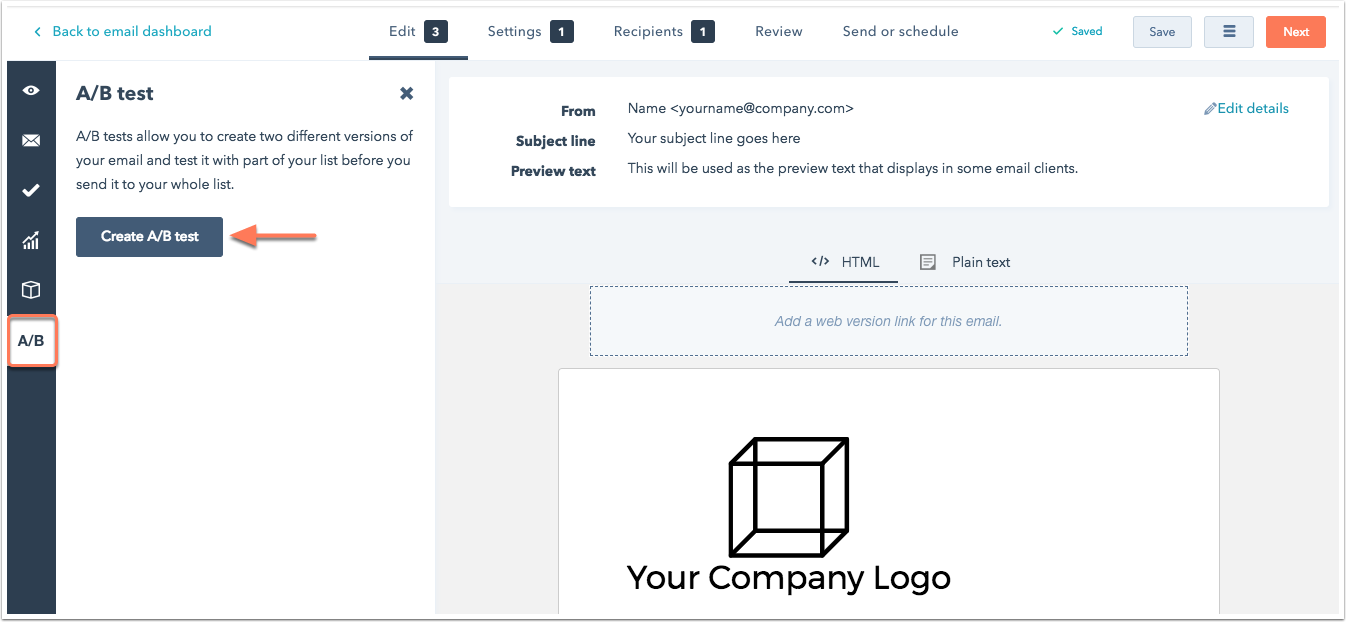
Some aspects you might consider varying:
- Image
- Offers
- CTAs
- Subject line
Toggle between version A and version B of your email by selecting A or B on the top left.
Then, on the left sidebar, configure your testing options by selecting A/B.
![]()
You can specify aspects of your A/B test like:
- the percentage of contacts who'll receive version A and version B
- duration of the A/B test (max 100 hours)
- what happens if the sample size is too low
- what happens if the results are inconclusive after the test duration has ended
Read more about what criteria you can select for your A/B test.
Analyze Email Performance
Planning and executing email marketing campaigns take valuable time and effort. Analyzing email performance will help you see why some emails are more successful than others and determine what actions drive results.
Within the email tool in HubSpot, there are three primary ways to explore performance:
- Analyze the performance of a sent email: View performance details for a specific email.
- Analyze your overall email performance: Review the performance details for an email marketing campaign.
- Email marketing in sources data: Review how many visits, contacts, and customers were a result of your email marketing efforts.
Interested in learning more about analyzing email performance?
Check out this knowledge base doc that walks through how to view email data in HubSpot.
Need guidance on what metrics and KPIs you should be tracking? Check out this blog post.
Now it's your turn to go create an email campaign in HubSpot!
What did you learn? What worked well? What didn’t?
Head over to the HubSpot Community to share your examples, learnings, and successes with other inbound members.
